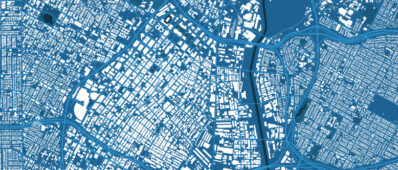Abstract
Proper prediction of traffic flow parameters is an essential component of any proactive traffic control system and one of the pillars of advanced management of dynamic traffic networks. In this paper, we present a new short term traffic flow prediction system based on an advanced Time Delay Neural Network (TDNN) model, the structure of which is optimized using a Genetic Algorithm (GA). After presentation of the model’s development, its performance is validated using both simulated and real traffic flow data obtained from the California Testbed in Orange County, California. The model predicts flow and occupancy values at a given freeway site based on contributions from their recent temporal profile as well the spatial contribution from neighboring sites. Both temporal and spatial effects were found essential for proper prediction. An in-depth investigation of the variables pertinent to traffic flow prediction was conducted examining the extent of the “look-back” interval, the extent of prediction in the future, the extent of spatial contribution, the resolution of the input data, and their effects on prediction accuracy. Results obtained indicate that the prediction errors vary inversely with the extent of the spatial contribution, and that the inclusion of three loop stations in both directions of the subject station is sufficient for practical purposes. Also, the longer the extent of prediction, the more the predicted values tend toward the mean of the actual, for which case the optimal look-back interval also shortens. Interestingly, it was found that coarser data resolution is better for longer extents of prediction. The implication is that the level of data aggregation/resolution should be comparable to the prediction horizon for best accuracy. The model performed acceptably using both simulated and real data. The model also showed potential to be superior to such other well-known neural network models as the Multi layer Feed-forward (MLF) when applied to the same problem. Keywords: Traffic Flow Prediction, Neural Networks, Genetic Algorithms, Traffic Management.




